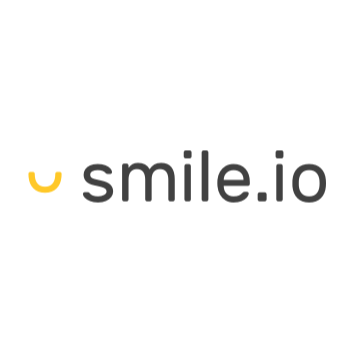I Created A Baseball Subscription Box & Grew It To $3.9M
Hello! Who are you and what business did you start?
Hey! My name is Josh, and I’m the founder of Plate Crate, a monthly box of baseball gear and greatness. (Think Barkbox for baseball). Each month our small team creates a themed box of baseball gear, training aids, accessories, snacks, and apparel to send to our baseball-obsessed subscribers.
I launched Plate Crate in 2015 while I was playing independent baseball in the midwest. Long story short, I was poor. I was doing odd jobs in the offseason to make enough money to subsidize my minimal salary playing baseball. I was pouring concrete, shoveling snow, doing personal training, and doing hitting lessons in the offseason to make money. I even bought a few vending machines as well! Spoilers…it didn’t work. One night I Googled “Baseball subscription box” and was shocked to see no one has given this a try. These were the golden days of subscription boxes and they were just getting popular. I thought, why not? I have nothing to lose. So I liquidated all $800 of my bank account and savings bonds my grandmother put in when I was born, and bought some inventory and put it in my parent's basement.
After 6 years of working on Plate Crate, we are now doing over...

Download the report and join our email newsletter packed with business ideas and money-making opportunities, backed by real-life case studies.

Download the report and join our email newsletter packed with business ideas and money-making opportunities, backed by real-life case studies.

Download the report and join our email newsletter packed with business ideas and money-making opportunities, backed by real-life case studies.

Download the report and join our email newsletter packed with business ideas and money-making opportunities, backed by real-life case studies.

Download the report and join our email newsletter packed with business ideas and money-making opportunities, backed by real-life case studies.

Download the report and join our email newsletter packed with business ideas and money-making opportunities, backed by real-life case studies.

Download the report and join our email newsletter packed with business ideas and money-making opportunities, backed by real-life case studies.

Download the report and join our email newsletter packed with business ideas and money-making opportunities, backed by real-life case studies.

























